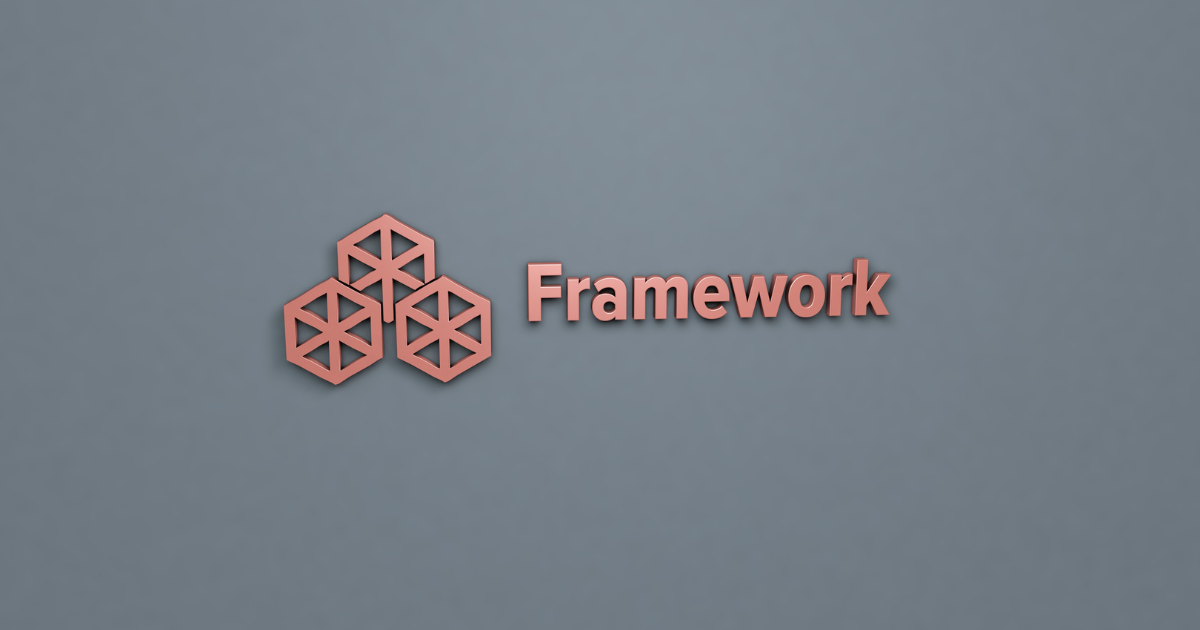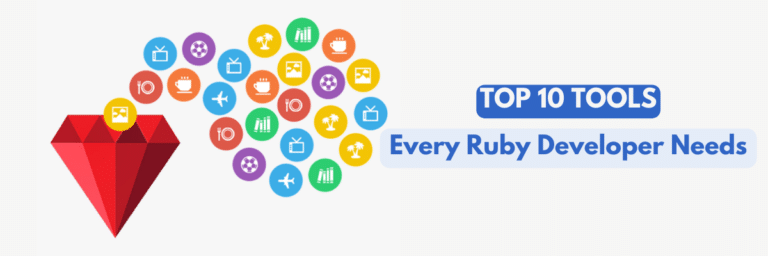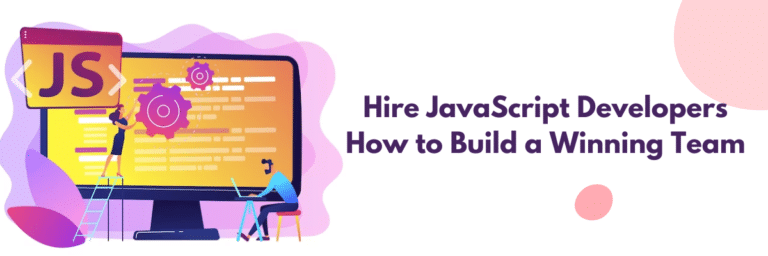The Ultimate Guide to PHP Frameworks: What You Need to Know
You might be thinking, “What the heck is a PHP Framework?” A PHP Framework is a platform that helps you develop web applications. It provides a structure for your application, and you can build on that structure to create your final product.
There are many different PHP Frameworks available, and it can be tough to decide which one to use. In this guide, we’ll introduce you to some of the most popular frameworks and help you decide which one is right for you.
What Are the Different Types of PHP Frameworks?
When it comes to PHP frameworks, there are three main types: MVC, microframeworks, and full-stack frameworks.
MVC frameworks are the most popular type and are based on the Model-View-Controller design pattern. This type of framework separates your application into three parts: the model (which handles the data), the view (which displays the data to the user), and the controller (which controls how the data is accessed and used). This type of framework is best for larger applications that need more structure and organization.
Microframeworks are smaller and less complex than MVC frameworks. They typically offer only the basics, such as routing, templating, and session management. This type of framework is best for small applications or prototypes where you don’t need all of the features offered by an MVC framework.
Full-stack frameworks are a newer type of framework that aim to provide all of the features and functionality of both MVC and microframeworks. This type of framework is best for larger applications that need more structure and organization but don’t want to deal with all of the complexity of an MVC framework.
Popular PHP Frameworks Compared
Framework A is better than Framework B because…. Framework A has more features, is easier to use and faster. Framework B is more stable and secure.
When it comes to choosing the right PHP framework for your project, there are a lot of factors to consider. Each framework has its own set of pros and cons, and it can be tricky to decide which one is right for you.
In this article, we’ll compare two of the most popular PHP frameworks – Framework A and Framework B. We’ll take a look at their features, ease of use, speed and stability to help you decide which one is the best fit for your project.
Benefits of Using a Framework
Frameworks provide an environment for your application. This means that the framework will take care of a lot of the nitty-gritty for you. It sets up the basic structure for your application, including directory structure, autoloading, and more.
This can be a real time-saver, especially when you’re starting a new project. You don’t have to worry about creating all of that basic infrastructure yourself – the framework will do it for you. This leaves you free to focus on writing your code and developing your application.
Choosing a Framework for Your Project
Choosing a PHP framework is a big decision—one that you shouldn’t take lightly. After all, the framework you choose will have a big impact on the success of your project.
There are a few things you should keep in mind when choosing a PHP framework:
– The size and scope of your project: If you’re working on a small project, you might not need a fully featured framework. A microframework might be a better option.
– The level of experience of your team: If you’re working with a team of experienced developers, they’ll likely be able to work with any framework. But if you’re working with less experienced developers, it might be best to choose a simpler framework.
– The features you need: Not all frameworks are created equal. Some have more features than others. Be sure to choose a framework that has the features you need for your project.
Keep these things in mind and you’ll be sure to choose the right PHP framework for your project.
Tips for Using a PHP Framework Effectively
First and foremost, you need to understand the basics of PHP before you can start using a framework effectively. This means having a solid understanding of concepts like arrays, strings, functions, objects, and so on.
If you’re not comfortable with these concepts, then you’re going to have a hard time understanding how the framework works and how to use it effectively. Once you have a solid understanding of PHP, then you can start looking at frameworks.
When you’re looking at frameworks, there are a few things you need to keep in mind. First of all, make sure that the framework you choose is well-supported. This means that it’s actively developed and that there’s a community of developers who are using it and can help you if you run into problems.
Secondly, make sure that the framework is well-documented. This will make it easier for you to learn how to use it and will ensure that you don’t run into any problems down the road.
Finally, make sure that the framework is easily extensible. This means that it should be easy to add new features and functionality as your needs change.
Common Mistakes to Avoid With Frameworks
Now that we’ve gone over some of the most popular PHP frameworks, let’s talk about some common mistakes that people make when using them.
One mistake is using too many frameworks at once. This can lead to confusion and make your code more difficult to read and maintain. It’s important to choose one framework and stick with it.
Another mistake is not updating your framework regularly. As new versions are released, they often include security fixes and new features that can make your life easier. Keeping your framework up to date will help you avoid problems down the road.
Finally, a common mistake is not learning the fundamentals of PHP before trying to use a framework. Frameworks are designed to make development easier, but they can be confusing if you don’t understand the basics of PHP. If you’re just starting out, take some time to learn PHP before jumping into a framework.
Conclusion
So, there you have it: our ultimate guide to PHP frameworks. We’ve outlined what you need to know about the different frameworks, as well as how to choose the right one for your project.
We hope you’ve found this information helpful. If you’re ready to start using a PHP framework for your next project, be sure to check out our selection of the best frameworks for PHP development.













